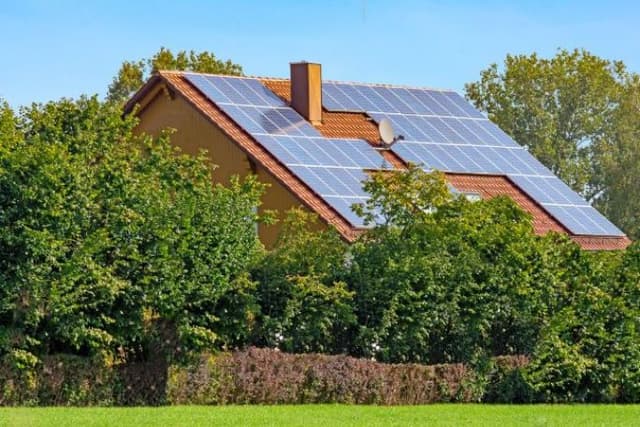
Investigating Net Zero Homes for a Net Zero Future
Lesson8 of 11 in this unit
SecondaryYear 9ScienceEnvironmentalClimate ChangeEnergySustainabilityEconomicIndustry, Innovation and InfrastructureJob Ready
Summary
Lesson guides and printables
Lesson Plan

Visual Explainer

Teacher Content Info
